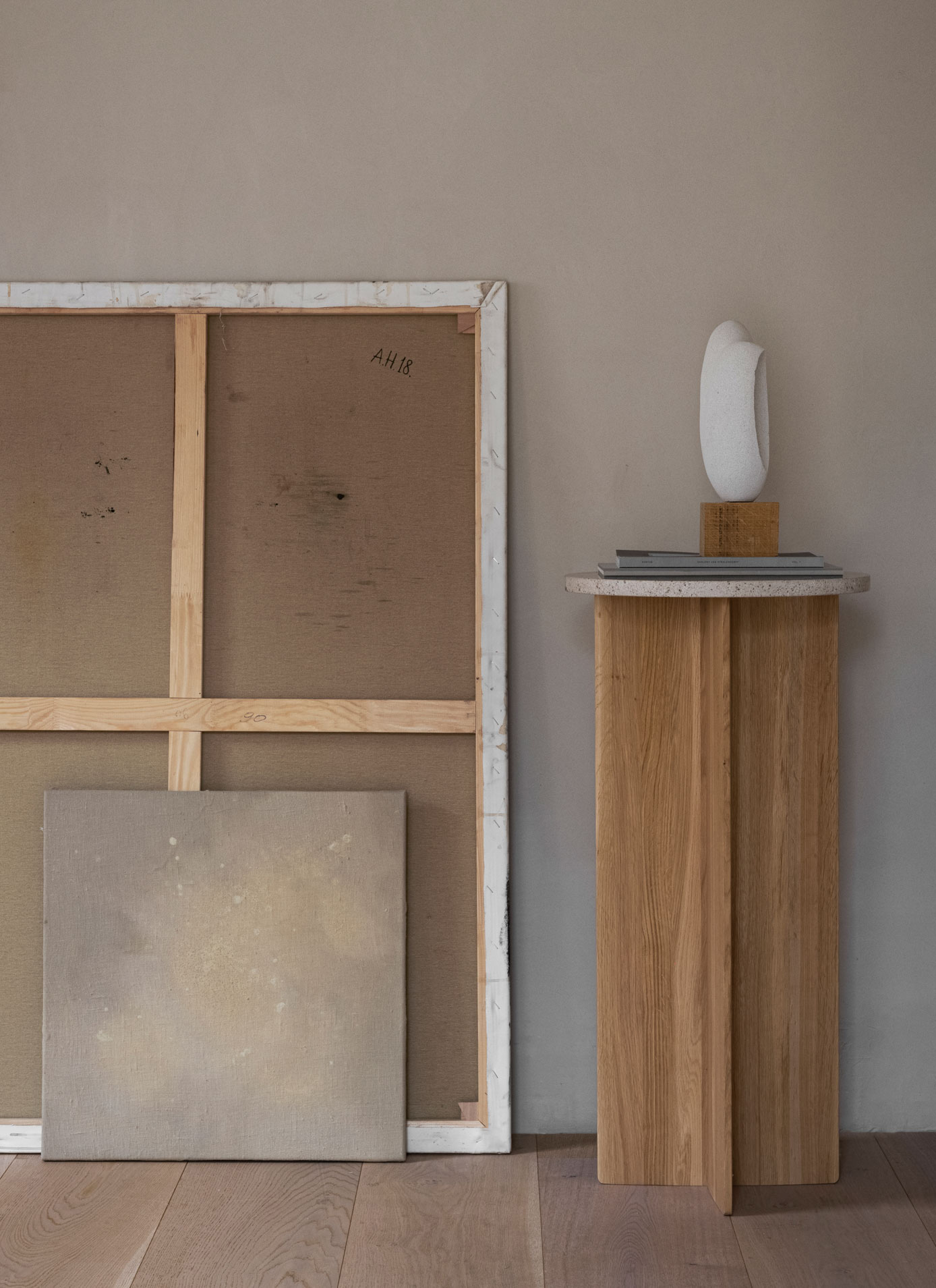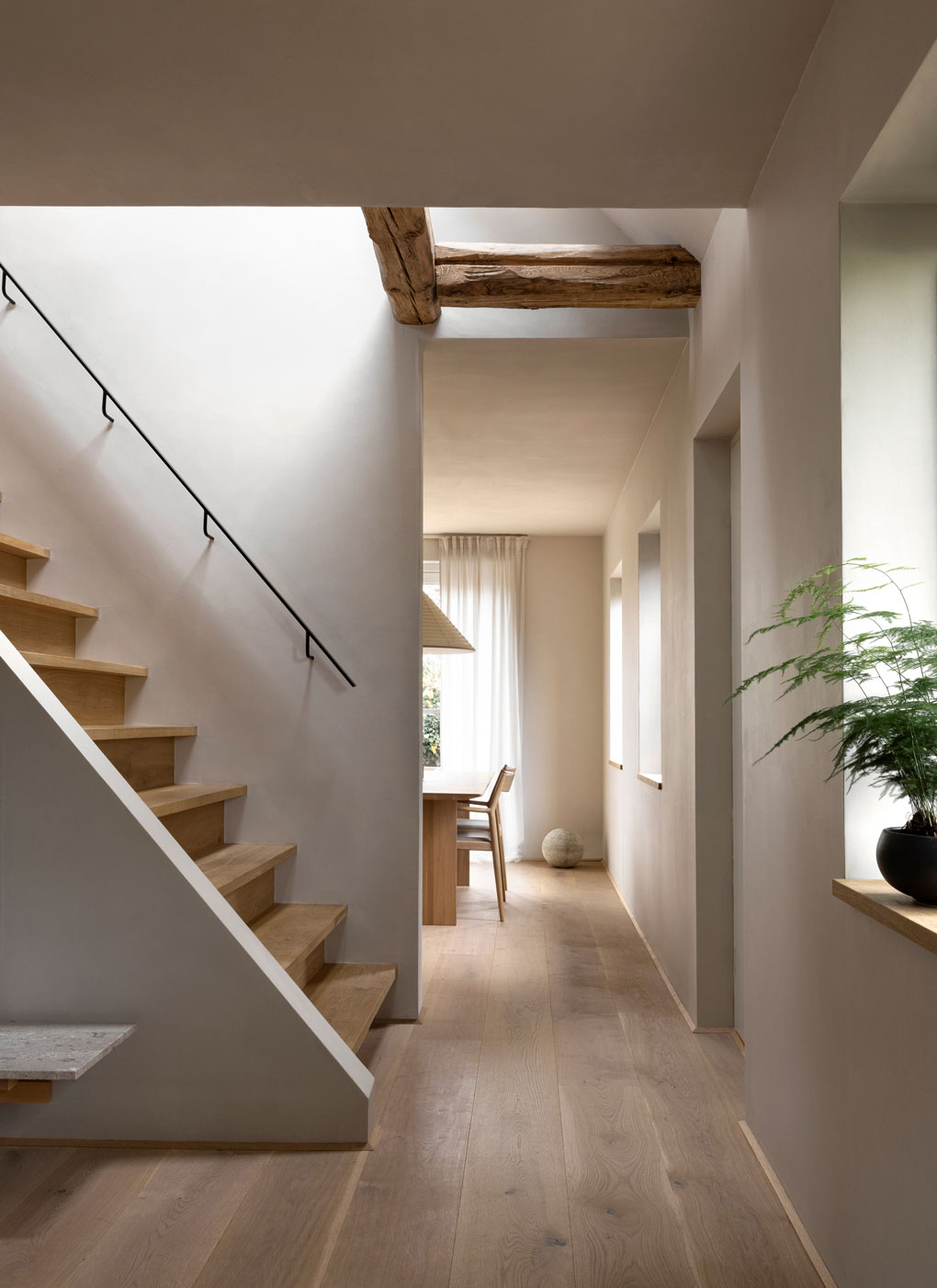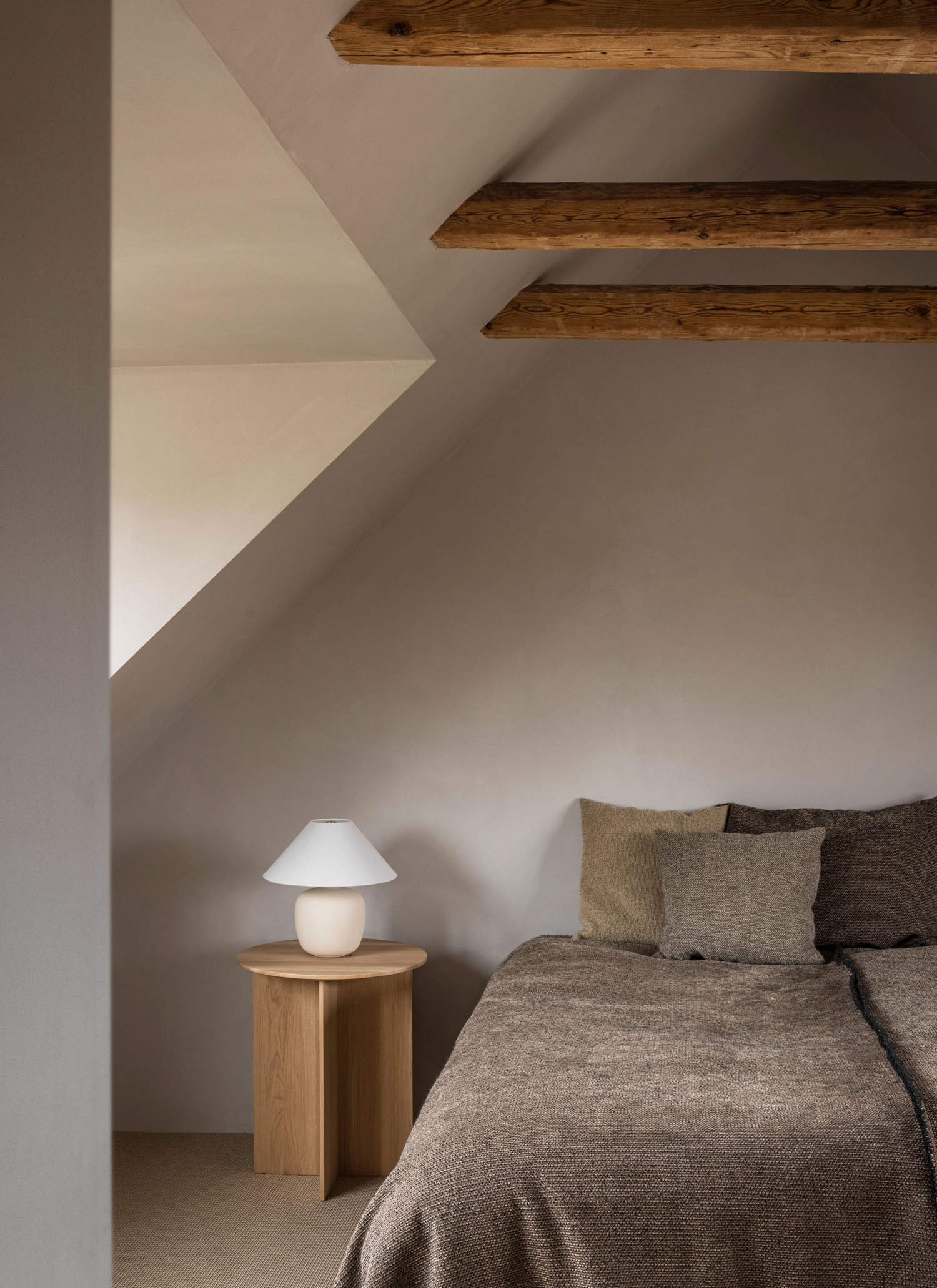Skovshoved Residence
In a small brick villa built back in 1917, Designer and Partner at Norm Architects, Frederik Werner, has created a beautiful home for his family with great attention to detail, light, and materiality – and with the utmost respect for the historic elements within its structure.
Location
Skovshoved, Denmark
Photography
Jonas Bjerre-Poulsen
Category
Residential
Year
2021
In a small brick villa built back in 1917, Designer and Partner at Norm Architects, Frederik Werner, has created a beautiful home for his family with great attention to detail, light, and materiality – and with the utmost respect for the historic elements within its structure. The house had not been renovated for around 70 years, and in some areas, only the brick walls and wooden beams could be restored, why they knew that they had a serious renovation project ahead when they bought the house back in 2020.
With his love for Japanese aesthetics and honest materials, oakwood is now a recurring element only attaining more beauty with time, while creating a calm atmosphere for the family to relax in. Following the philosophy at Norm, the house shouldn’t just be experienced visually, but with all the senses – from sound to touch.





Merging Scandinavian design tradition and Japanese aesthetics, the home is a cosy refuge to retreat to in a busy everyday life. With great attention to the selected material’s inherent qualities, the space has a certain depth and a stimulating presence. All walls and ceilings are painted in the same color from St. Leo, however, depending on the location of the rooms and the time of day, the color is ever-changing and so is the expression of the space.
Reimagining the house, it now evokes a Case Study design, but combined with Norm Architects’ signature look – iridescent cream colours and earth tones, lots of oak, and Scandinavian ceramics paired with bouclé fabrics and rice paper lamps.
Most of the furniture, lights as well as the kitchen, is designed by Norm. According to Frederik, living with his own design is the best way to test its durability and functionality – will it actually stand the test of time?






































